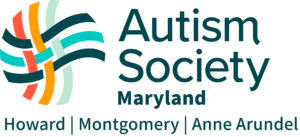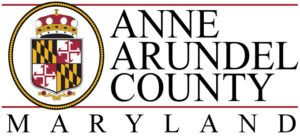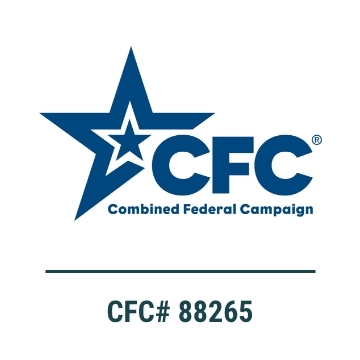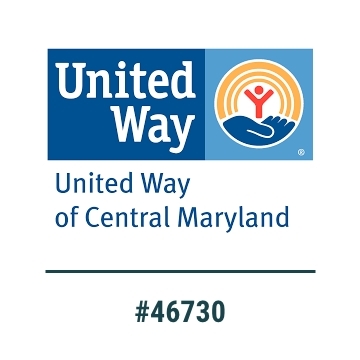Meeting after meeting, parents and teachers use the words “accommodation” and “modification” almost interchangeably when discussing IEPs and student needs. Yet the terms are vastly different. If understood and used correctly, these words can greatly impact the success of a child’s educational program.
Simply put, accommodations are practices and procedures that level the playing field. They provide equitable access during instruction and assessments for students with disabilities. Modifications, on the other hand, are alterations to instruction and assessments. Modifications may change, lower, or reduce learning expectations.
According to the Maryland Accommodations Manual, “accommodations are intended to reduce or eliminate the effects of a student’s disability; accommodations do not reduce learning expectations.” Most important to keep in mind is that accommodations cannot be added to an IEP only for testing. If you add accommodations to an IEP, they must be necessary in everyday instruction. The manual clearly states that “accommodations provided to a student must be the same for classroom instruction, classroom assessments, and district and state assessments.”
Examples of accommodations:
- Timing and Scheduling—these accommodations may include extended time for written or verbal response, classwork, assignments, and tests; multiple breaks throughout a student’s work period or across the school day; and preferential scheduling to accommodate a student’s needs.
- Setting—as in providing a setting that reduces distractions, or providing special equipment that may be necessary in a classroom or that may only be provided in a particular school.
- Presentation—examples of presentation accommodations are providing materials in large print or Braille, books on tape, visual cues, or notes; or providing a “human reader,” someone who reads all written text.
- Response—such accommodations may be to provide students with a scribe, a graphic organizer, calculator, electronic note taker, or speech-to-text equipment.
Unlike accommodations, modifications are intended to change the materials and/or the curriculum. By doing so, the curriculum becomes more accessible and more academically appropriate for the student. Modifications can increase the gap between the achievement of students with disabilities and the expectations for proficiency at a particular grade level. As course materials are modified to a lower level year after year, the gap widens between modified work and on-grade-level work. It is important to keep in mind that when work is modified, different or fewer questions may mean less of an opportunity for the student to practice and ultimately master grade-level skills.
Examples of modifications:
- Reducing the number of problems a student completes—students may be given fewer problems on a worksheet or a test than the rest of the class.
- Revising assignments—assignments may be made easier or revised to a more appropriate academic level.
- Giving students hints or clues to correct responses.
When implementing a special practice or procedure in instruction and assessment, the IEP team should carefully assess whether the practice or procedure maintains the fidelity and rigor of the assignment or the assessment. If it does, it is an accommodation. If, however, it changes the goal or rigor of the assignment or of what is being assessed, it is a modification.
It is easy to confuse the two terms. Parents do it; educators do it. But, with much at stake, it’s important to get it right. If the IEP team has any questions about permissible accommodations or what qualifies as a modification, the team may consult Judy Pattik, coordinator of special education, at 410-313-5350; the coordinator of testing in the Office of Student Assessment and Program Evaluation, at 410-313-6802; or the Maryland Accommodations Manual.



























